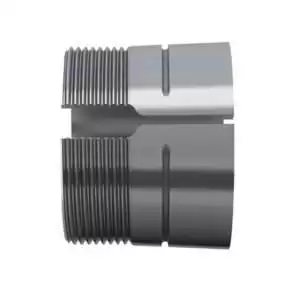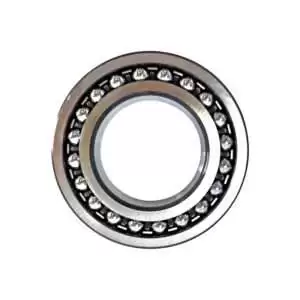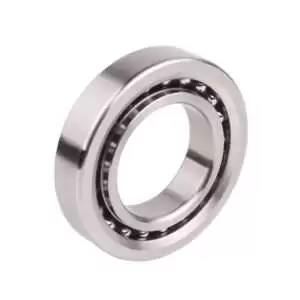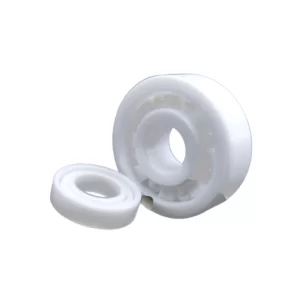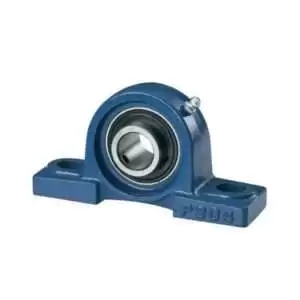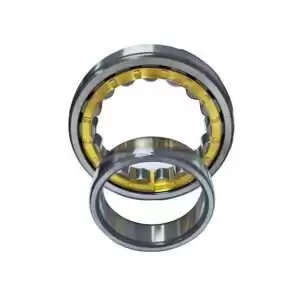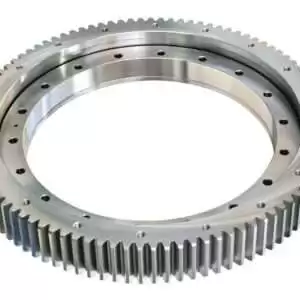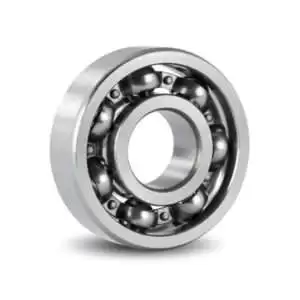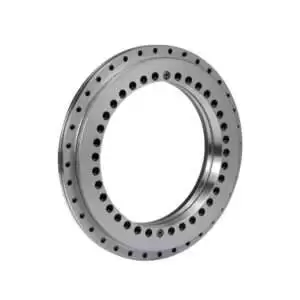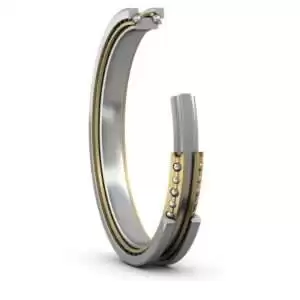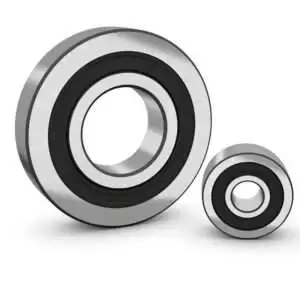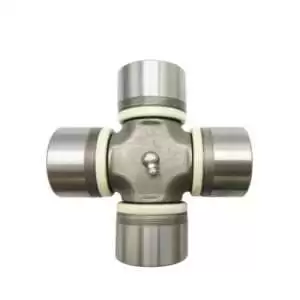Categories
-
Adapter Sleeves (9)
-
Ball Bearings (11)
-
Ball Screw Bearings (2)
-
Ceramic Bearings (27)
-
Pillow Block Bearings (4)
-
Plain Bearings (32)
-
Roller Bearings (12)
-
Slewing Bearings (43)
-
Sliding Block (3)
-
Stainless Steel Bearings (27)
-
Super Precision Bearings (6)
-
Thin Section Bearings (9)
-
Track Rollers (4)
-
Universal Joints (1)
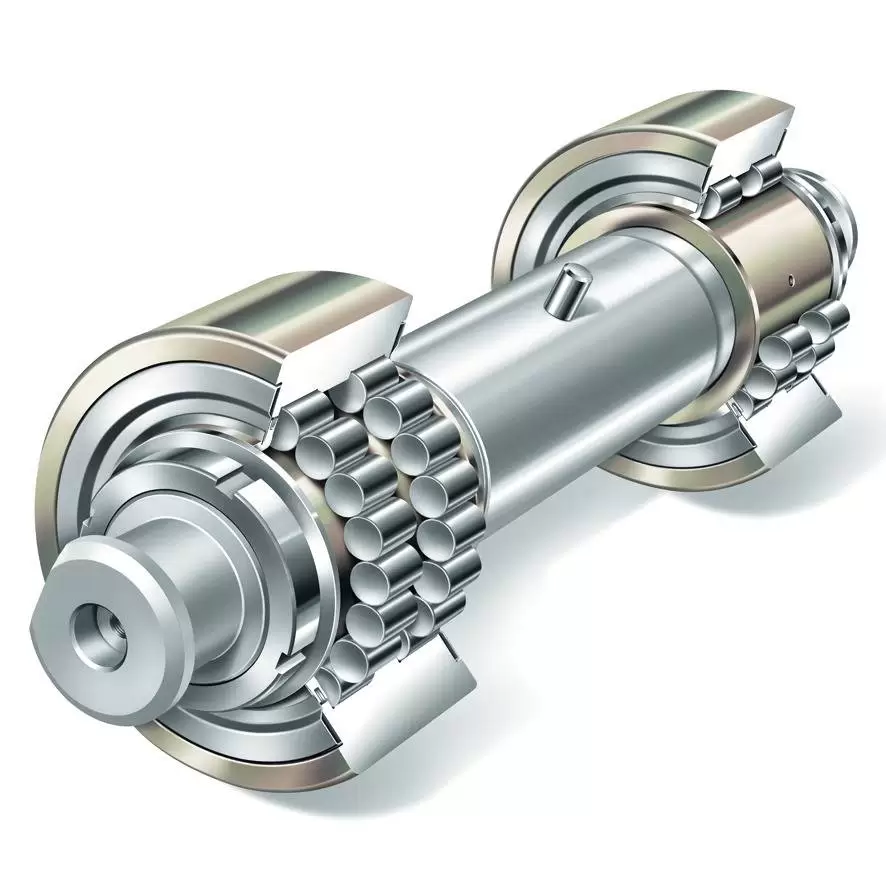
Installing Bearings Introduction
Proper bearing installation is a cornerstone of machinery reliability. Bearings, though often small, are critical components that influence the efficiency and lifespan of equipment. Ensuring correct installation practices can dramatically extend equipment life, reduce downtime, and enhance operational efficiency.
Tip 1: Proper Handling of Bearings
Avoiding Contamination
When handling bearings, avoiding contamination is paramount. Dust, dirt, and small debris particles can cause significant damage over time, leading to premature wear and potential failure. Even microscopic contaminants can infiltrate bearing surfaces and disrupt their smooth operation. To prevent this, it’s essential to maintain a clean working environment and adhere to strict cleanliness protocols. This includes wearing gloves to avoid transferring oils and sweat from hands onto the bearings and using clean, dry instruments specifically designed for bearing handling. By taking these precautions, you ensure that contaminants do not compromise the integrity and performance of the bearings.
Using Correct Tools and Techniques when installing bearings
Using the correct tools and techniques is essential in handling bearings. Standard tools can introduce contaminants or damage the bearing surfaces. Clean, specialized tools designed for bearing installation and maintenance should always be used. For example, bearing pullers, presses, and specialized bearing handling gloves help in avoiding damage and maintaining cleanliness. Techniques such as controlled pressure application and gentle handling also prevent internal bearing damage. By employing the right tools and techniques, you protect the bearings from unnecessary wear and extend their operational life.
Importance of Cleanliness
Maintaining a clean environment during bearing installation is crucial. Contaminants in the workspace, such as dust and debris, can easily find their way into bearings, leading to operational issues. To ensure a clean environment, regularly clean and inspect the workspace, including tools and surfaces. Use clean, lint-free cloths and approved cleaning solutions to wipe down surfaces and tools. Additionally, storing bearings in their original, sealed packaging until use helps maintain their cleanliness. By prioritizing cleanliness, you safeguard bearings from potential contaminants that could negatively impact their performance.
Tip 2: Choosing the Right Bearing Type
Understanding Load Requirements
Understanding the load requirements of your application is essential when choosing the right bearing type. Different applications impose varying loads on bearings, such as radial loads, axial loads, or a combination of both. Radial loads are perpendicular to the shaft, while axial loads are parallel. Bearings are designed to handle specific types and magnitudes of loads. By accurately assessing the load requirements, you can select bearings that are capable of withstanding the operational stresses, ensuring reliability and efficiency.
Topcon Tripod,Aluminum Big Tripod Stand Surveying,Industrial Tripod Stand For Surveying,Surveying Big Tripod Stand
Changzhou Precision Surveying & Mapping Instrument Co.,Ltd , https://www.surveyingfactory.com
